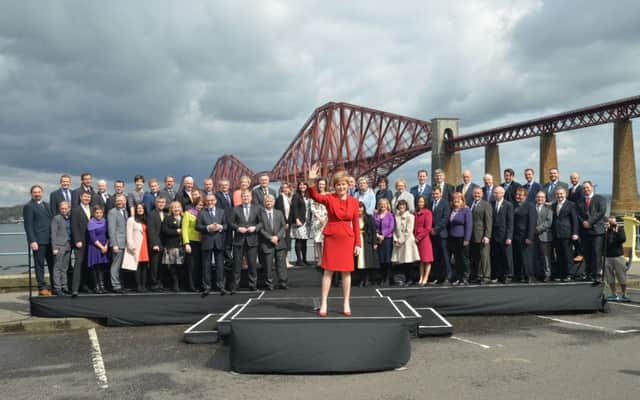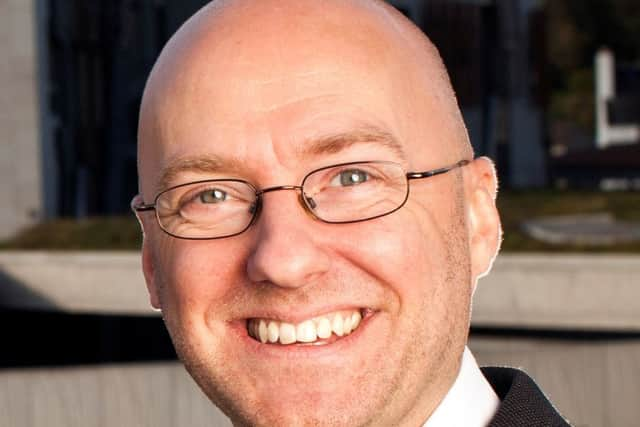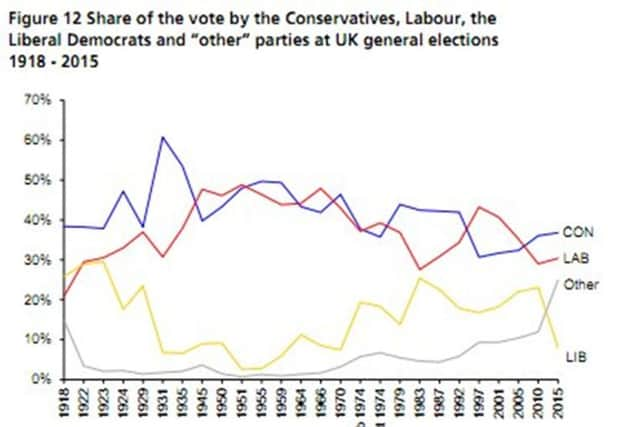In numbers: Scottish political party membership


It has been a year of tumultuous political struggle, with the fall from grace of Scotland’s historically dominant party, Labour in May met by a surge in support for nationalism. This autumn brings with it numerous party conferences, with new leaders and tweaked policies designed to grab the electorate’s attention.
A record turnout in for the independence vote saw 84 per cent of Scots head to the polling booth but one year on how many are paid-up members of Scotland’s five biggest parties?
Advertisement
Hide AdAdvertisement
Hide AdLike a lot of political questions, the answers are not so clear-cut. While the Greens and Scottish National Party were forthcoming with their results, the Labour Party, the Conservatives and the Liberal Democrats have been elusive in their estimations.
It’s worth remembering too that each party defines membership in its own way, thus allowing a margin of error to creep into their own figures.
The Scottish Greens have been a politically-resurgent force in recent times, with their recent General Election result showing a strong and clear increase in members.
Jason Rose, Head of Media at the Scottish Green Party, said: “We’re now on just over 9000 members, whereas before the Referendum we had 1700”.
The party’s monumental growth has largely come at the expense of the Labour Party, whose Jim Murphy-led campaign did not resonate with the majority of Scottish voters in May. The Greens are in favour of an independent Scotland within the European Union, as revealed in a recent statement by co-convenors Patrick Harvie and Maggie Chapman.


When asked directly, the Scottish Conservatives declined to reveal their figures. However, estimates by the House of Commons Library Report published in August this year explain the reasons behind this decision, stating:
“This reluctance to publish estimates is due to the structure of the party and the process via which individuals become full members.”
Nevertheless, a report by the Conservatives after the Referendum revealed an increase of nearly 12 per cent in UK-wide party membership to a total of 149,800. The Scottish Conservatives - who currently hold one Scottish Westminster seat - recently urged any Yes-voting members to leave the party, outlining their long-term commitment to the union.
Advertisement
Hide AdAdvertisement
Hide AdSharing the Conservatives’ commitment to the United Kingdom and cagey stance surrounding membership numbers is the Scottish Labour Party, who have recently added 15,500 people to their ranks after the election of Jeremy Corbyn as Party Leader. With claims that the party’s Scottish membership numbered approximately 13,500 in November 2014, the party has subsequently lost a lot of ground to the SNP and has a lot of work to do to claw back some of its popularity in Scotland.


The Scottish National Party has, despite the loss of the Independence Referendum, paradoxically gained the most out of all the main political players in Scotland. According to accounts submitted to the Electoral Commission in June 2015, the SNP has around 110,000 members. This figure is more than double the party’s pre-referendum number and means that more than 2 per cent of the gross Scottish population is a member of the party. All this makes for the rather peculiar sight of SNP members claiming their seats as the third-biggest party in the House of Commons.